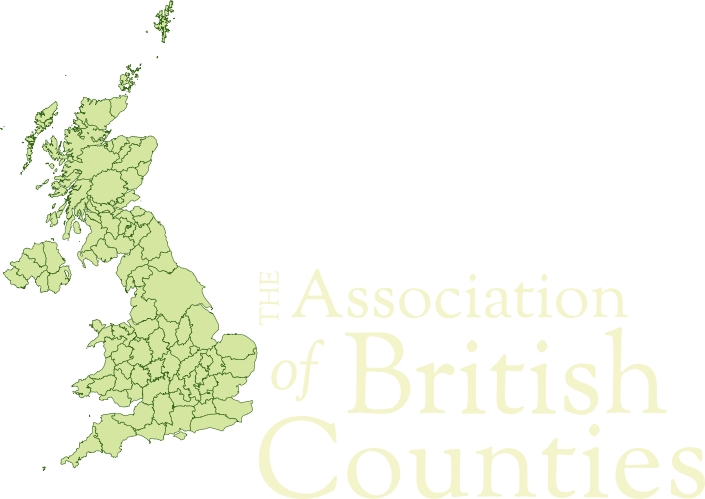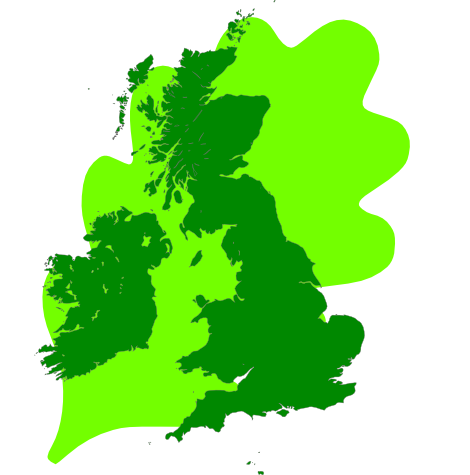Gloucester is a large county stretching, west to east, from the Welsh border to Berkshire and, south to north, from Somerset to Warwickshire. It is split by the Severn on which sits the City of Gloucester.
Gloucestershire has three distinct parts. The most celebrated part is the Cotswold Hills, which cover the east of the county, and spread also into Oxfordshire. The Cotswolds are famed for the beauty of their villages and the landscape. The Cotswolds remain a wealthy sheep-farming region. Locally quarried Cotswold stone is used ubiquitously throughout the Cotswolds, producing picture-postcard, honey coloured towns and villages.
The Severn Vale by contrast is flat and shaped by the great River Severn, cutting deep into the shire: Gloucester though apparently inland is a sea port on the river (which is tidal until just above the city), while further north is historic Tewkesbury, on a slight rise in the flat Vale from which it has looked down on the cruel Severn floods. The Severn is dotted with picturesque villages.
West of the Severn is the Forest of Dean, reaching out as far as the exquisite Wye valley on the borders of Herefordshire and Monmouthshire.
The greatest city of Gloucestershire is Bristol, the ancient port standing astride the Avon (which forms the border with Somerset). It is the major city of the south-west, spreading with its suburbs in each direction.
County Facts
County Town: Gloucester
Main Towns: Bristol, Cheltenham, Chipping Campden, Cirencester, Lydney, Nailsworth, Stow-on-the-Wold, Stroud, Tewkesbury.
Main Rivers: Avon, Severn, Windrush, Coln, Leadon, Wye.
Highlights: Badminton; Berkeley Castle; Cabot Tower, Bristol; Cotswolds; Forest of Dean; Source of the Thames; Offa’s Dyke.
Highest Point: Cleeve Hill, 1,083 feet.
Area: 1,125 sq miles
County Flower: Wild Daffodil



